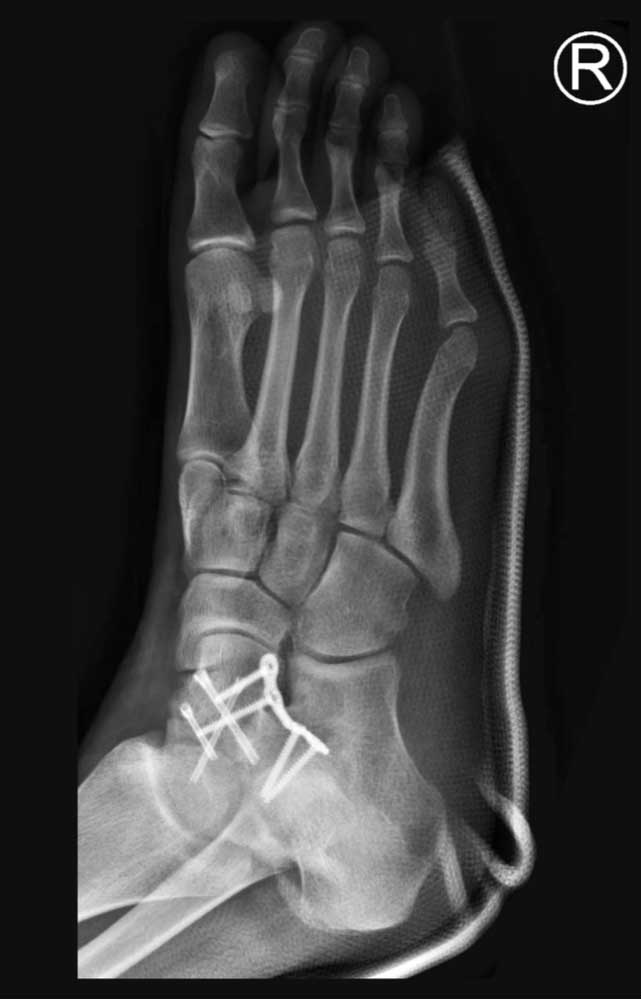

A variety of new treatments for these complications have been proposed, including vascularized autograft, talar replacement, total ankle arthroplasty, and improved salvage techniques, permitting some patients to return to a higher level of function than was previously possible. Despite this modern technique, osteonecrosis and osteoarthritis remain common complications. Percutaneous screw fixation has also demonstrated success in certain patterns. The widely preferred approach for many talar neck and body fractures is a dual anterior incision technique to achieve an anatomic reduction, with the addition of a medial malleolar osteotomy as needed to visualize the posterior talar body. Fractures of the head, neck, or body regions have the potential to compromise nearby joints and impair vascular inflow, necessitating surgical treatment with stable internal fixation in many cases. 2004, 8, 1616–1624.The talus is unique in having a tenuous vascular supply and 57% of its surface covered by articular cartilage. Talar neck fractures: Results and outcomes. An analysis of skiing and snowboarding injuries on Utah slopes. Management of injuries in snowboarders: Rehabilitation and return to activity. Total talar fracture-Long-term results of internal fixation of talar fractures. Fractures of the lateral process of the talus. Fracture of the lateral process of the talus in snowboarders. Skeletal Trauma: Basic Science, Management, and Reconstruction Saunders: Philadelphia, PA, USA, 2003. Anatomy of the Foot and Ankle: Descriptive, Topographic, Function, 2nd ed. Snowboarding injuries: Trends over time and comparisons with alpine skiing injuries. Evaluation of alpine skiing and snowboarding injury in a northeastern state. Trends of snowboarding-related fractures that presented to emergency departments in the United States, 2010 to 2016. Number of Participants in Snowboarding in the United States from 2007–2017.The authors declare no conflict of interest. FADI scores indicated good to excellent results post-operatively. At 2.5 years mean follow-up (range 6 months to 5 years), none of the patients developed avascular necrosis, nonunion/malunion, or required subsequent surgery. Two patients had a combination of talar injuries. One patient sustained an isolated talar head fracture, three sustained isolated talar neck fractures, one patient had an isolated talar body fracture, and two patients had isolated lateral process fractures. Nine patients were identified with fractures of the talus caused by a snowboarding injury. The pre-operative reports, surgical treatments, and outcomes were evaluated. Questionnaires, including the Foot and Ankle Disability Index (FADI), were mailed to the patients. Radiographs were reviewed and the fractures were characterized. A retrospective chart review was performed on all surgical cases collected from 2007 to 2012 to include talar head, neck, body, or lateral process fractures sustained while snowboarding.
#TALUS FRACTURE SERIES#
This study describes a series of talar head, neck, and body fractures caused by snowboarding, their treatment, and outcomes. We have observed that snowboarding portends a higher risk of talus fractures when compared with skiing and can include higher energy injury patterns. Fractures of the lateral process of the talus have been associated with snowboarding, so much so that they have earned the nickname “snowboarder’s ankle” these typically occur with relatively low-energy injuries when compared with fractures of the talar head, neck, and body.


 0 kommentar(er)
0 kommentar(er)
